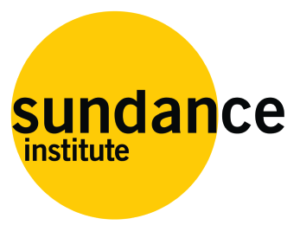The Latest
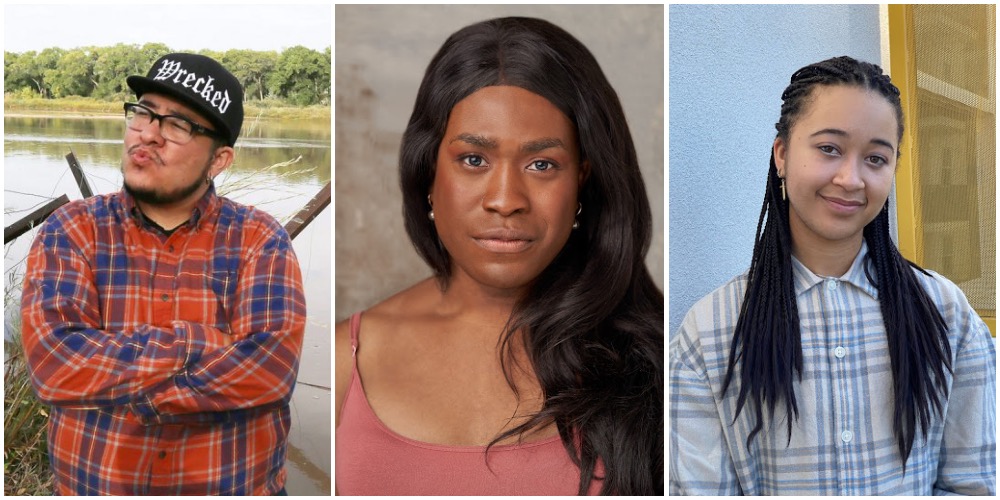
The Future Is Here: Trans Possibilities Intensive Fellows Reflect on Representation and Resilience
By Moi Santos This time last year, filmmakers Sam Feder and Yance Ford discussed with me how they bring visibility to the multitude of Trans
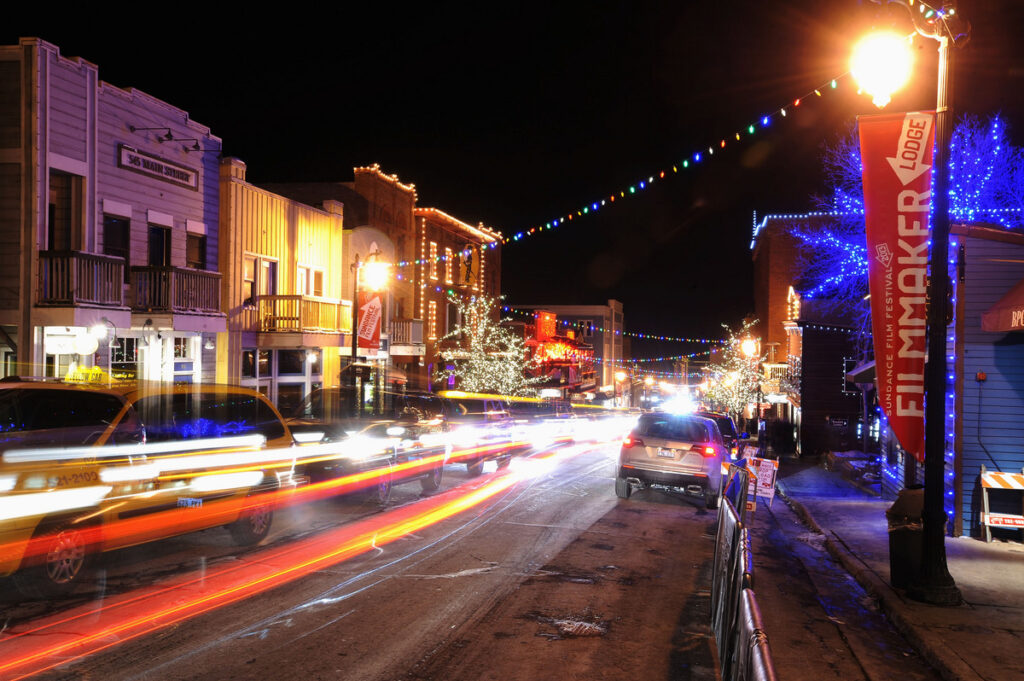
Your First Look at Local Lens, a Locals-Only Offering Premiering at the 2022 Sundance Film Festival
Utahns, this one’s just for you! At the 2022 Sundance Film Festival, as we prepare to return to in-person screenings in Utah, alongside the online
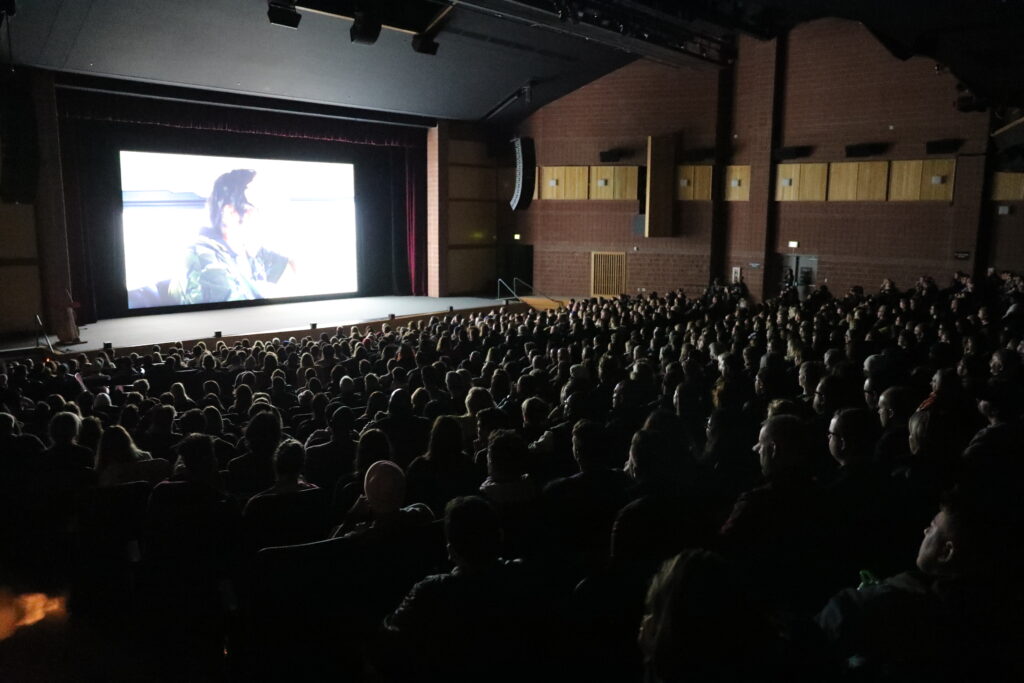
2022 Sundance Film Festival: New Local Lens Program to Provide Select Free Screenings and Offerings for Utah Residents Across the State
In-Person Utah Venues Announced; Redesigned Festival Will Provide More Access, Safety, and Flexibility to the Local Community Than Ever Before Important Note: As of Wednesday,
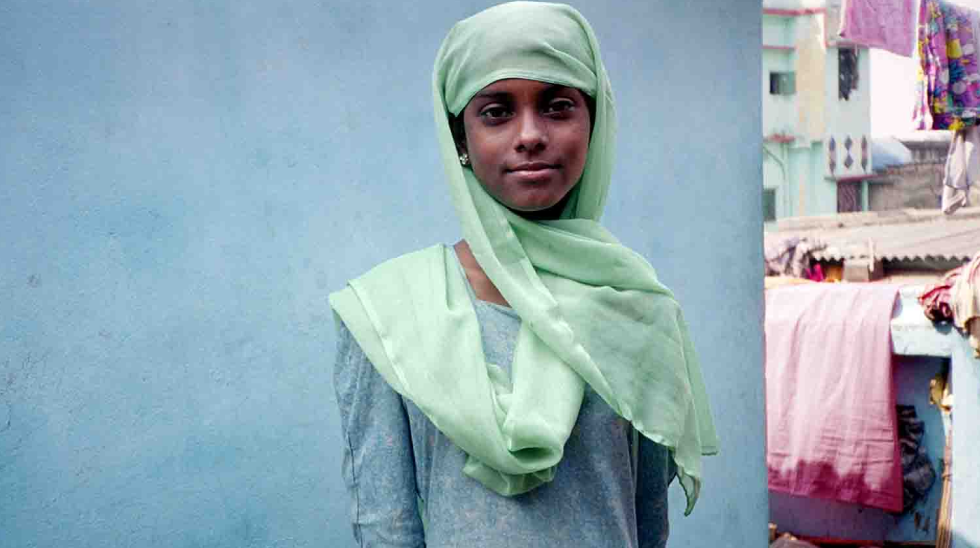
Lorem ipsum dolor sit amet, consectetuer adipiscing elit
Lorem ipsum dolor sit amet, consectetuer adipiscing elit, sed diam nonummy nibh euismod tincidunt ut laoreet dolore magna aliquam erat volutpat. Ut wisi enim ad minim veniam, quis nostrud exerci tation ullamcorper suscipit lobortis nisl ut aliquip ex ea commodo consequat. Duis autem vel eum iriure dolor in hendrerit in vulputate velit esse molestie consequat, vel illum dolore eu feugiat nulla facilisis at vero eros et accumsan et iusto odio dignissim qui blandit praesent.
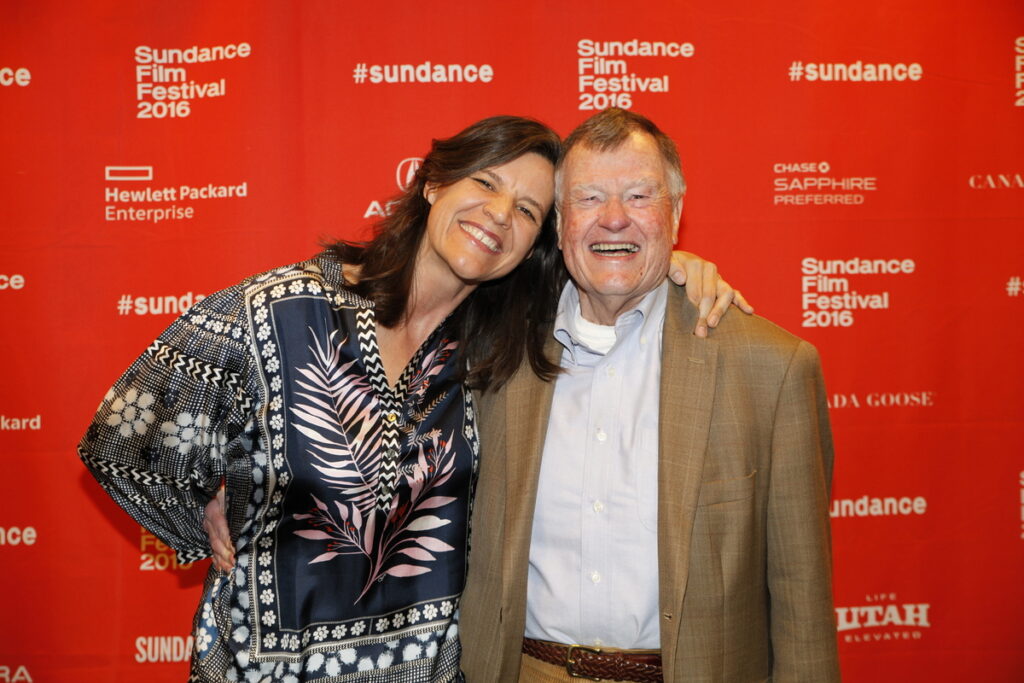
That Magic Moment: Filmmakers Recall Their Most Memorable Encounters at the Sundance Film Festival
Kirsten Johnson (left) was ecstatic when her father, Dick (right), and others in the audience expressed admiration for her documentary Cameraperson at the 2016 Sundance Film
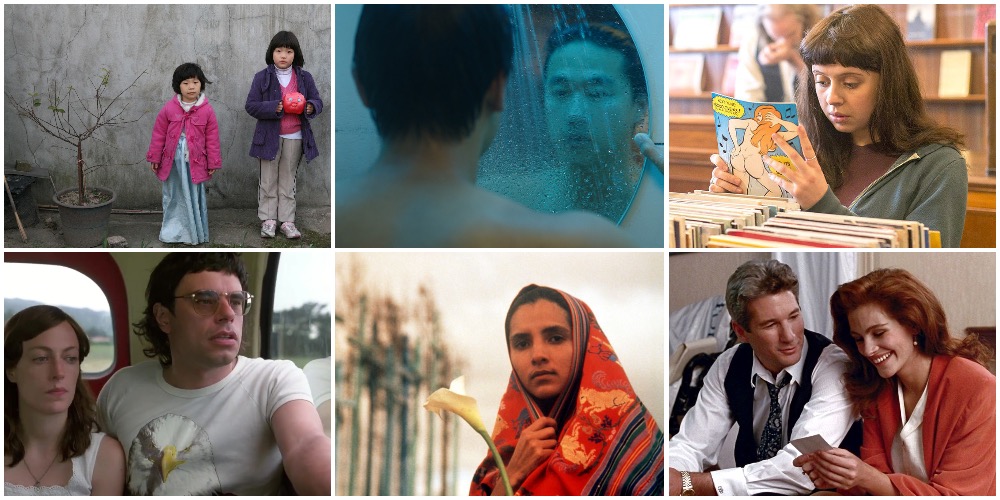
#Sundance40th: 40 Independent Films from 40 Years of Sundance Labs
By Vanessa Zimmer If not for the Sundance Institute, Quentin Tarantino might not be a household name. And Julia Roberts might never have jetted to
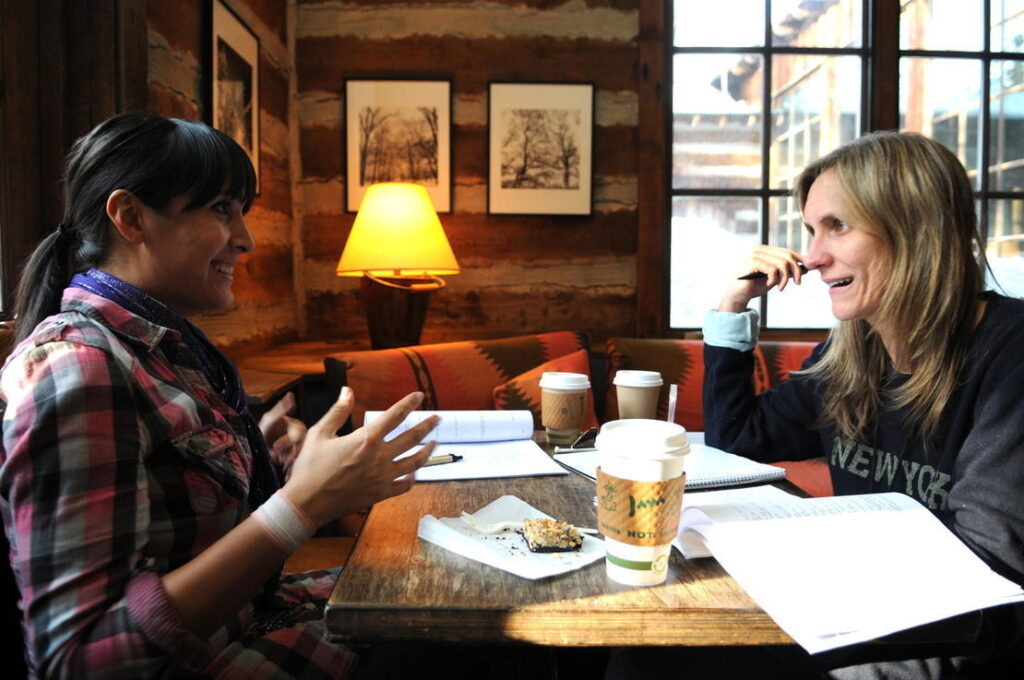
Straight Out of Sundance: How “Drunktown’s Finest” Director Sydney Freeland Found Cinema and Pursued Her Dream
Sydney Freeland (left) attends a Sundance Institute lab in 2010. © 2010 Fred Hayes for Sundance Institute By Vanessa Zimmer Earlier this year, the Sundance Institute
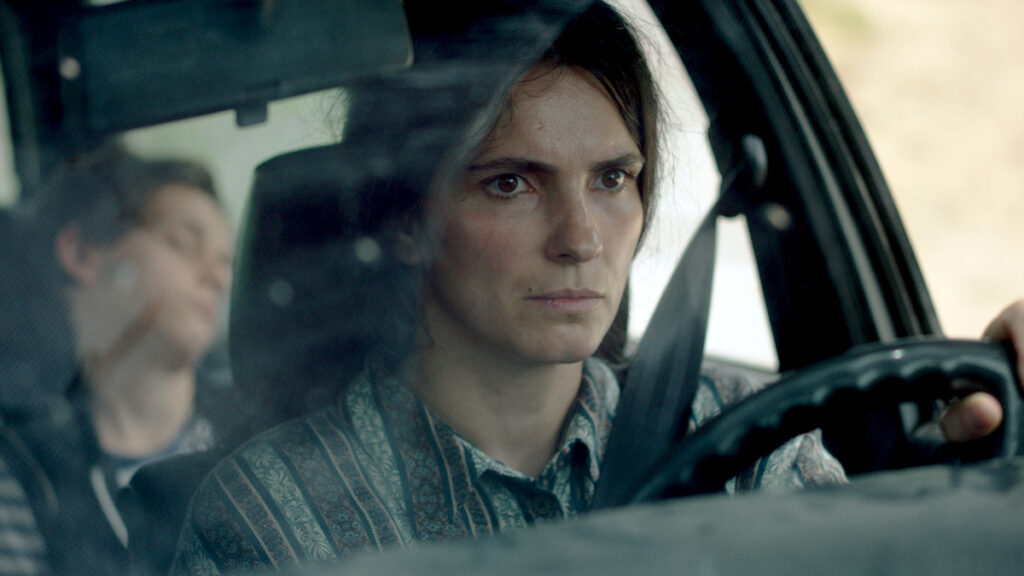
Release Rundown: What to Watch in November, from “Son of Monarchs” to “Hive”
Yllka Gashi stars in Hive, a 2021 Sundance Film Festival award-winner about a woman in war-torn Kosovo who is determined to provide for her family.
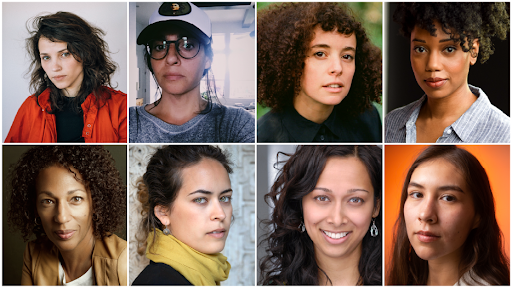
Sundance Institute Announces the 2021 Women at Sundance | Adobe Fellows
Los Angeles, CA – The nonprofit Sundance Institute announced today the eight artists working across disciplines selected for its 2021 Women at Sundance | Adobe
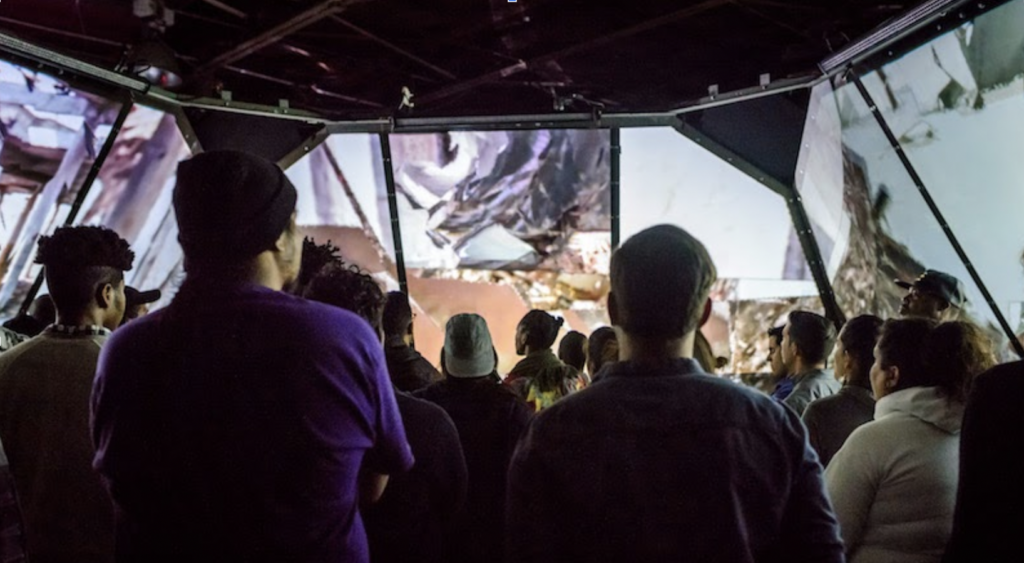
Sundance Institute’s New Interdisciplinary Program Names Grantees, Art of Practice Fellows
New Collaborative “Exploded Lab” Format Supports Artists as They Explore Creating Across Disciplines
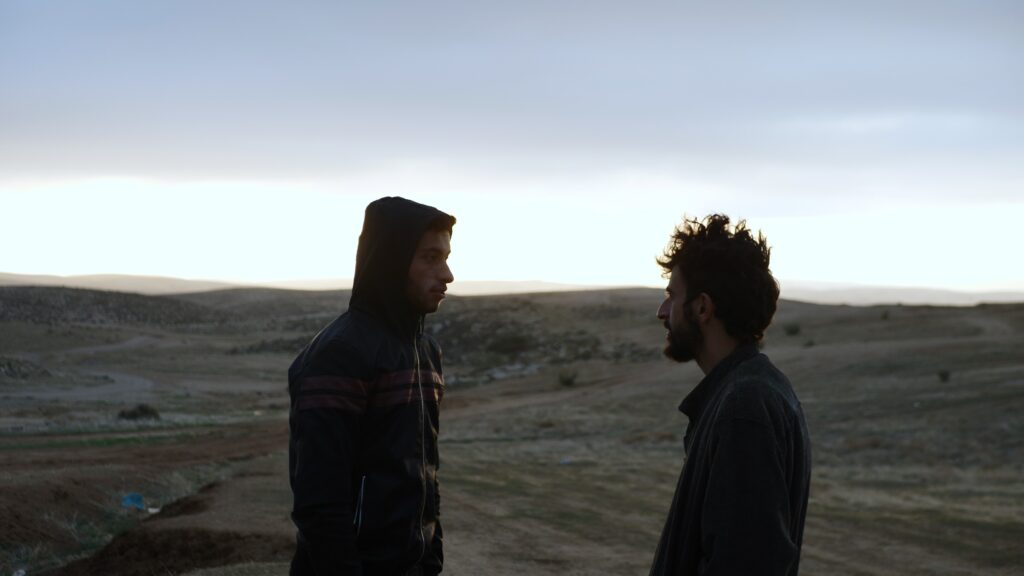
20 Nonfiction Projects Receive Grants from the Sundance Institute Documentary Film Program
No Other Land: Two young men stand facing each other in conversation within a vast, hilly landscape. Los Angeles, CA — The nonprofit Sundance Institute’s

Announcing the 2021 Fellows for the Inaugural Sundance Institute Producers Intensive
By Shira Rockowitz and Kristin Feeley We’re thrilled to announce the 10 fellows selected to participate in the inaugural Sundance Institute Producers Intensive, taking place
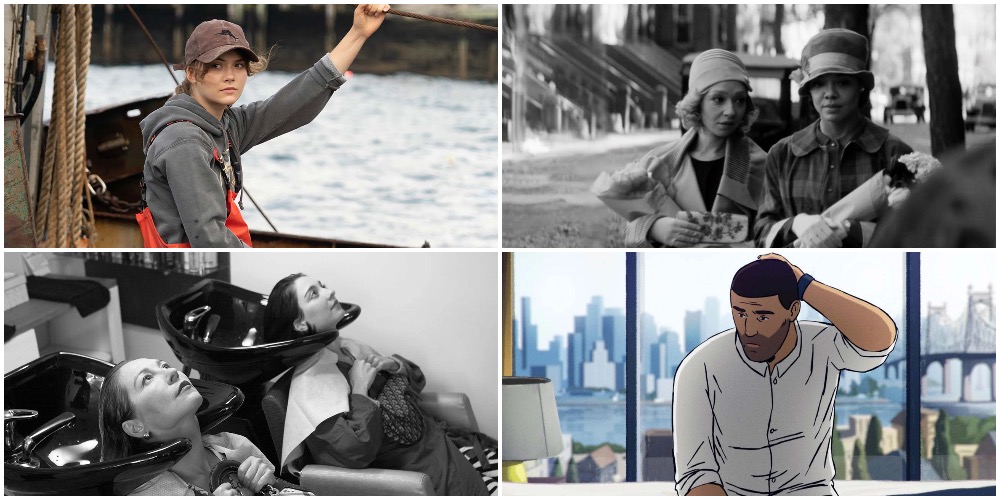
14 Sundance Projects Nominated for Gotham Awards
Earlier this morning, the nominations from the 31st annual Gotham Awards were announced, and the Sundance Institute would like to congratulate the teams behind 14
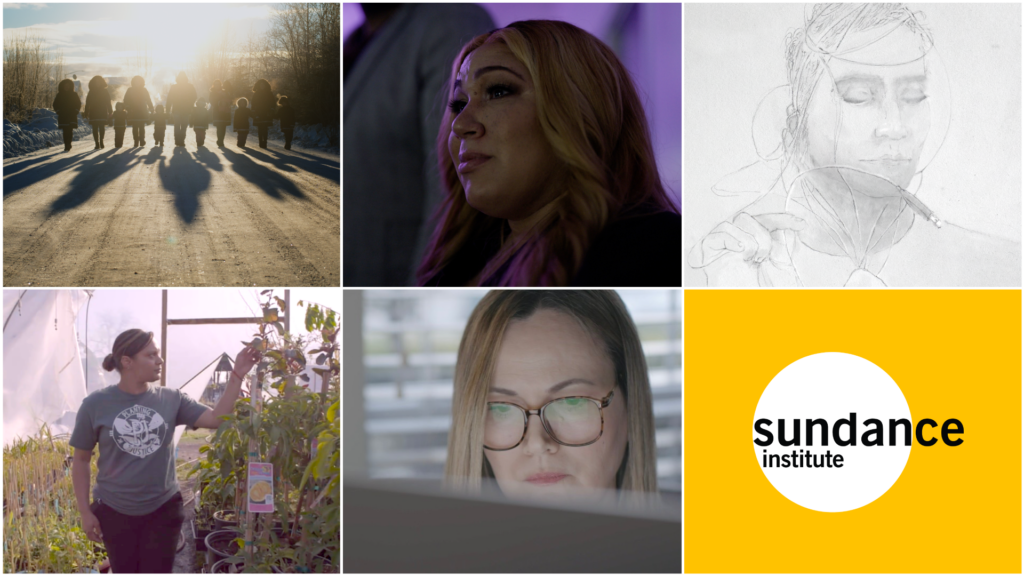
Gun Violence & Documentary Film: Sundance Institute Names Kendeda Fund Grantees in Collaboration with TIME Studios, Publishes New Field Report
LOS ANGELES — The Sundance Institute today announced recipients of the Sundance Institute | Kendeda Short Film Fund in partnership with TIME Studios, aimed at
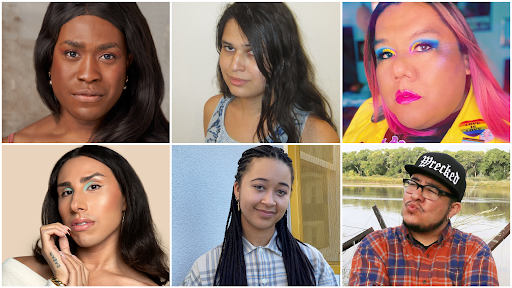
The Sundance Institute Launches Trans Possibilities Intensive
Six artists selected for inaugural program focused on advancement of transgender storytellers of color
